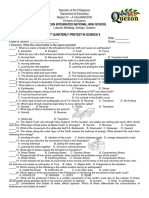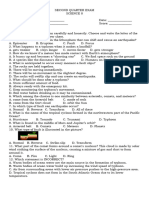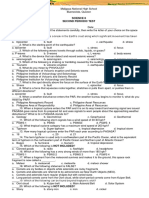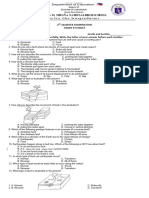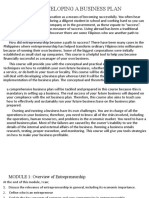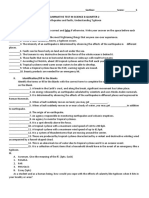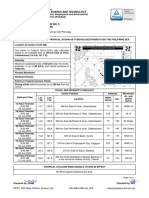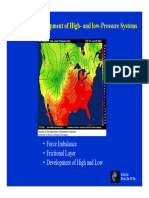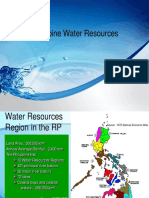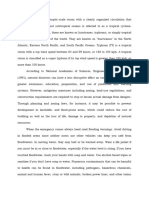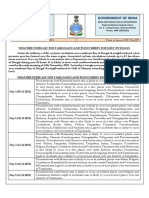0% found this document useful (0 votes)
22 views4 pagesScience 8
The document is a Second Quarter Examination in Science 8 for the Republic of the Philippines, focusing on topics such as earthquakes, typhoons, and celestial bodies. It includes multiple-choice questions that assess students' understanding of scientific concepts and terminology. Additionally, it contains a table of specifications outlining the learning competencies and item placements for the exam.
Uploaded by
French PaleteCopyright
© © All Rights Reserved
We take content rights seriously. If you suspect this is your content, claim it here.
Available Formats
Download as DOCX, PDF, TXT or read online on Scribd
0% found this document useful (0 votes)
22 views4 pagesScience 8
The document is a Second Quarter Examination in Science 8 for the Republic of the Philippines, focusing on topics such as earthquakes, typhoons, and celestial bodies. It includes multiple-choice questions that assess students' understanding of scientific concepts and terminology. Additionally, it contains a table of specifications outlining the learning competencies and item placements for the exam.
Uploaded by
French PaleteCopyright
© © All Rights Reserved
We take content rights seriously. If you suspect this is your content, claim it here.
Available Formats
Download as DOCX, PDF, TXT or read online on Scribd
/ 4




